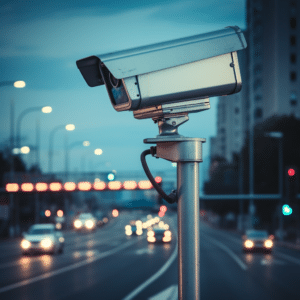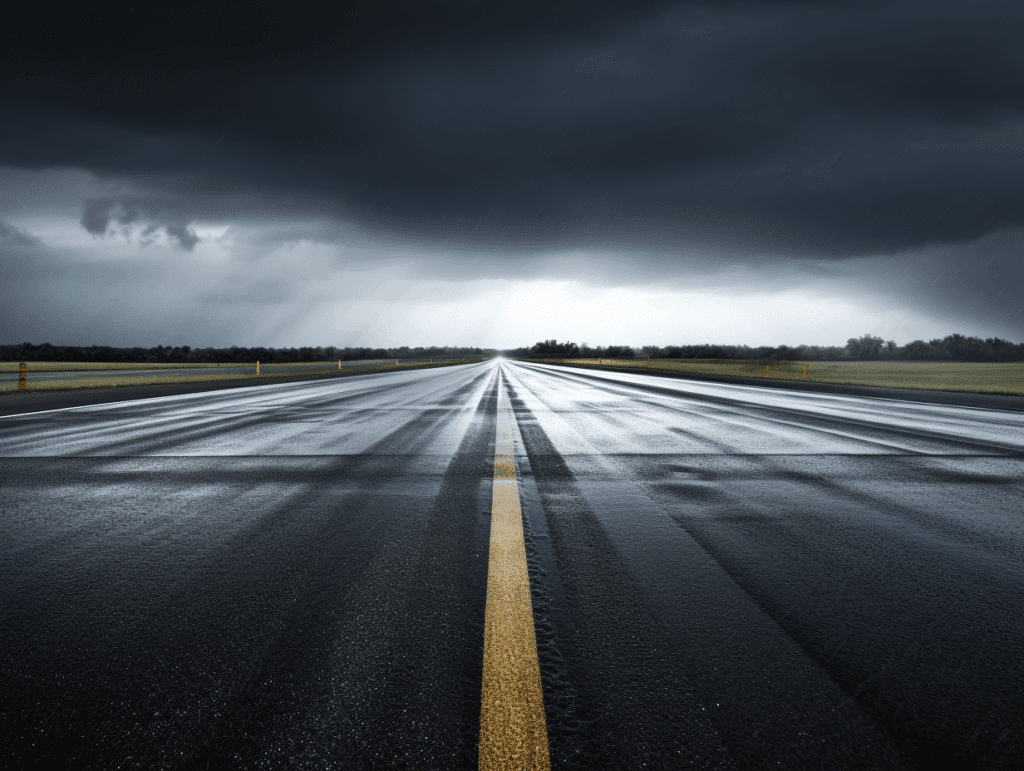Over 36 hours of freezing rain and sleet turned a huge portion of the I-35W into an ice skating rink. It led to one of the largest and deadliest pile-ups in America. By the time the mayhem ended, the pile-up stretched on for nearly half a mile.
How could so many drivers be blind to the chaos in front of them?
Many of them saw it coming, but it still didn’t matter. They helplessly skidded and crashed into each other, leading to six fatalities and dozens of injuries.
Let's Go Beyond, to Bring You Back
Let's get you the compensation you're entitled to. Get a FREE Consultation today.
Let's Go Beyond, to Bring You Back
You deserve the compensation you’re entitled to, call for your FREE Case Review today.
The Pileup: A Devastating Scene
The National Transportation Safety Board (“NTSB”) conducted a detailed investigation of the I-35 pile-up to narrow down the possible causes of the disaster. Below is a discussion of some of the findings in their report.
Here are some devastating facts about the Fort Worth car pile-up accident:
- There were 133 vehicles involved
- The pile-up stretched on for about 1,100 feet
- It involved both commercial and passenger vehicles
- It led to 6 fatalities
- 65 people were hospitalized for treatment
You can imagine how challenging it must’ve been for police and medical personnel to manage this scene. Avoiding the deadly ice patches was just the first barrier to overcome. They had to safely extract victims from multiple cars tightly sandwiched against each other. The complexity of the rescue process delayed the treatment of several victims, which only added to their pain and suffering.
The National Safety Transport Board conducted a detailed investigation of the I-35 pile-up to narrow down the possible causes of the disaster.
Speed Limits and Toll Roads
Toll roads are usually well-maintained and designed to reduce congestion. They give drivers a lot of freedom to cruise to their destination quickly.
However, drivers may fall into their comfort zone and fail to keep an eye on the speed limits in different parts of the toll road. When the drivers of large commercial vehicles fail to drive at speeds reasonable for the road conditions, tragic crashes occur. This is one of the main reasons for the pile-up cited by the NTSB report. They claim that the crash was triggered by cars speeding at 100 mph. The toll road where the accident occurred has a speed limit of 75 mph.
Injured in a Truck Accident?
Get Compensated For Your Injuries & Damages! Call Us For A FREE Case Review And Know What Your Case Is Worth.
The Role of Microwave Vehicle Detectors (MVD)

Many toll booths use them to detect approaching vehicles and activate the stop bar to collect the toll.
The motion sensor can be easily mounted above the ground without needing any special installation or construction. Technicians can make any adjustments they need through an easy-access back panel in the system. Once they’ve installed it by aiming the sensor at the required detection area, it’ll start recording vehicle data automatically.
This enables the device to detect moving vehicles. Radar can detect distant objects and determine their position and speed. These systems have proven to decrease traffic congestion and simplify parking. However, these instruments have often shown vulnerability to extreme weather conditions.
Varying Speeds: Data Insights
The NTSB report determined that lower speeds could’ve played a vital role in the severity of crashes. Drivers would’ve had more time to react and avoid ramming into the cars ahead. Variable speed limit signs and speed safety cameras could’ve assisted them in slowing down on time.
The average speed limit in the left toll lane ranged from 79-82 mph, and the average speed limit in the left toll lane ranged from 65-69 mph.
Let’s say the initial crash was triggered by a few vehicles that did speed up to 100 mph, according to the NTSB report. Even then, the cars following behind would’ve been alerted to the danger ahead. What turned out to be a deadly 133-car pile-up could have been restricted to a five-car pile-up.
The Spike in Speed: 100 to 105 MPH
The NTSB report states that the first crash happened around 6 AM. The MVD system recorded a spike in speeds between 100 and 105 mph just 11 minutes before the pile-up.
It started with several vehicles traveling in the southbound toll lanes skidding on the black ice covering the elevated roadway. They ended up hitting the concrete barriers lining the toll lanes and scattering around. Over the next few minutes, a stream of vehicles became a part of this chain reaction after skidding out of control.
It’s important to note that the NTSB report isn’t intended to define an official cause of the Fort Worth car pile-up. It’s simply meant to assess the factors at play leading up to the accident. Currently, there are multiple parties facing potential liability from a pile-up, such as:
- Commercial motor vehicle drivers
- Trucking companies whose tractor-trailers were involved in the collision
- Other private and public entities providing highway infrastructure or maintenance services
- Individual drivers involved in the accident
Each of these parties may share a degree of liability in this hundred-plus car pile-up. The more parties involved, the more complex the legal process gets. Proving liability will only get easier once more investigations come to a conclusion. It’s not possible to comment on the legal direction of these cases until then.


